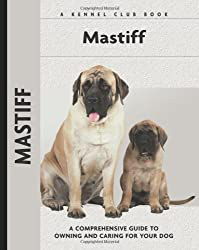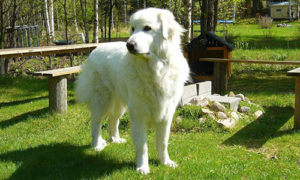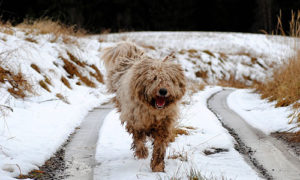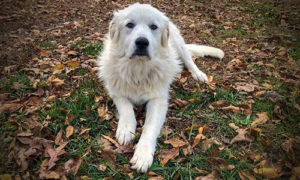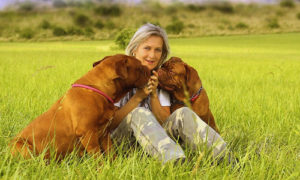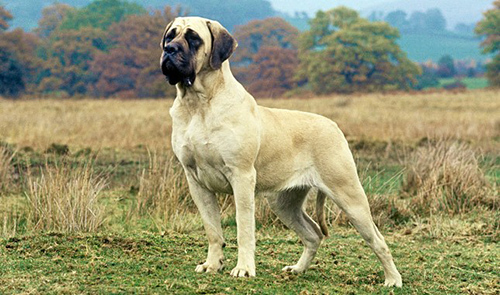
Today’s Mastiff is the epitome of the ancient mastiff group of dogs. There is some confusion between the mastiff family and the mastiff breed, making it somewhat difficult to trace its true lineage.
However, the mastiff family continues to be one of the oldest and most influential within the dog kingdom. The dog we know today is more recent, though still ancient in origin.
Mastiff Breed History
The great Roman Emperor Caesar used them as war dogs and gladiators. Also, during medieval times, people valued the breed as guard dogs and hunting dogs. They became so widespread that they became commonplace.
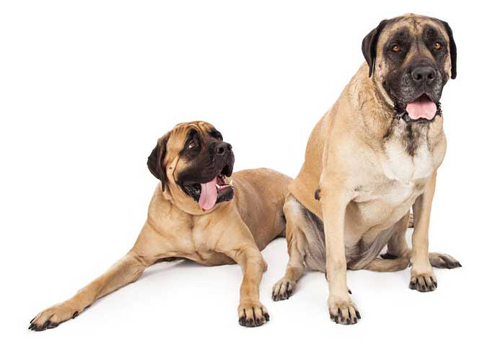
During the 1200s, rumors about Kubla Khan spread that he kept more than five-thousand of these dogs for hunting. Later on, the breed ventured into the arena of dogfighting, bear-baiting, and bull baiting. Although England banned these harsh sports in 1835, people ignored it and continued to attend events.
The dog that we know today is a descendant from these fighting dogs and more great lines. They’re a direct descendant of one of the most famous Mastiffs of all time, the Mastiff of Sir Peers Legh.
Sir Peers Legh was a soldier who lay wounded in Agincourt’s battle, and his dog stood by his side, protecting him for many hours. Unfortunately, Legh later died, and his dog returned home and became the foundation of the Lyme Hall Mastiffs. Fast forward five centuries later, and the Lyme Hall Mastiffs figured prominently in creating the breed we know today.
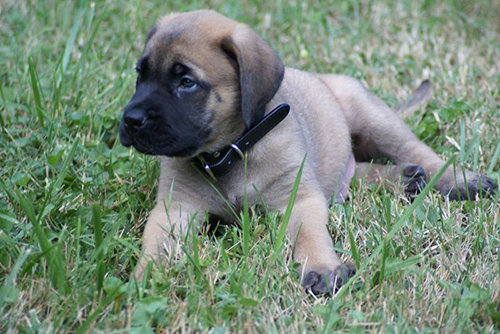
Some say that there is evidence that this breed came to the United States on the Mayflower. However, the dog’s official entry into the United States was not documented until the late 1800s. Unfortunately, during World War II, the breed saw a dramatic decline in numbers to where they nearly ceased to exist.
Thankfully, adequate amounts of the breed have been brought to the United States to keep the breed from being decimated. Fortunately, it has grown in popularity since that time.
Mastiff Breed Facts
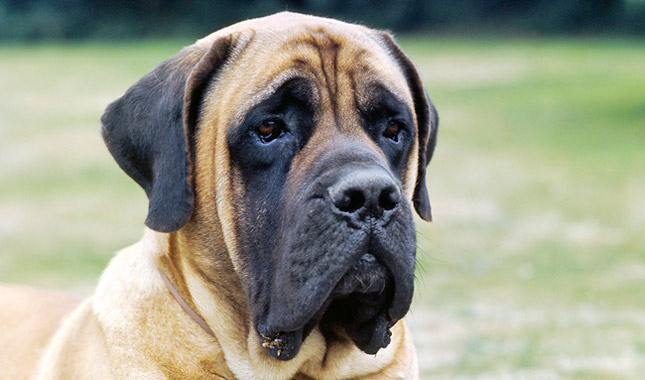
Popularity: Popular
Family: Livestock Dog, Sheepdog, Mastiff
Place of origin: England
Date of origin: Ancient times
Original function: Guard dog
Today’s task: Guard dog
Other name: English Mastiff
Weight: 175 – 190 pounds
Height: male: minimum of 30 inches; female: minimum of 27.5 inches
The breed is a massive heavy-boned dog, and with powerful musculature, it is somewhat longer than tall. It possesses excellent endurance as well as strength. Its power and strength shows in its walk, which should have good range and determination.
The double coat is made up of a dense undercoat and a straight, coarse, outer layer of moderately short length. Its expression is vigilant but friendly. The general impression ought to be one of majesty as well as poise.
Mastiff Temperament and Upkeep
This dog is innately calm, easygoing, gentle, and good-natured. Although it makes an excellent house pet, it needs ample room to stretch its legs. These dogs are loyal, and though not too emotional, It is very good with children and is affectionate towards its family.
An adult requires moderate daily exercise, which comprises either a good walk or game. It does not take too kindly to hot weather. Also, keep in mind that they’re droolers, and coat care is nominal.
Major health concerns to look out for with this breed are CHD and gastric torsion. However, there are minor conditions to look out for, such as cardiomyopathy, allergies, vaginal hyperplasia, cruciate ligament rupture, PPM, PRA, entropion, OCD, and hypothyroidism. Also, obesity can be a problem with this breed. The average lifespan is 9 – 11 years.

